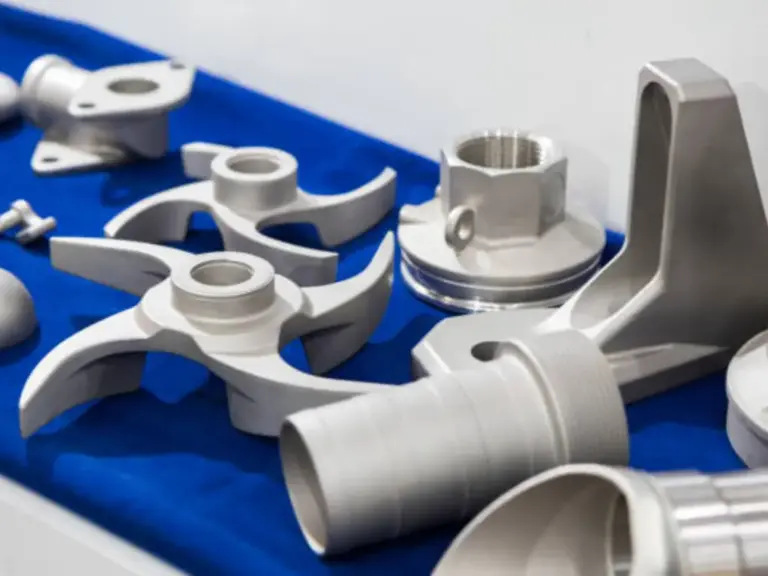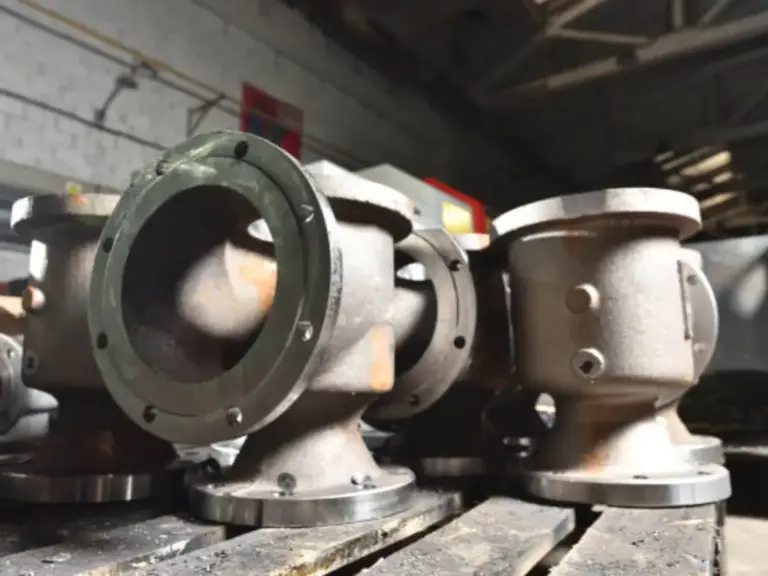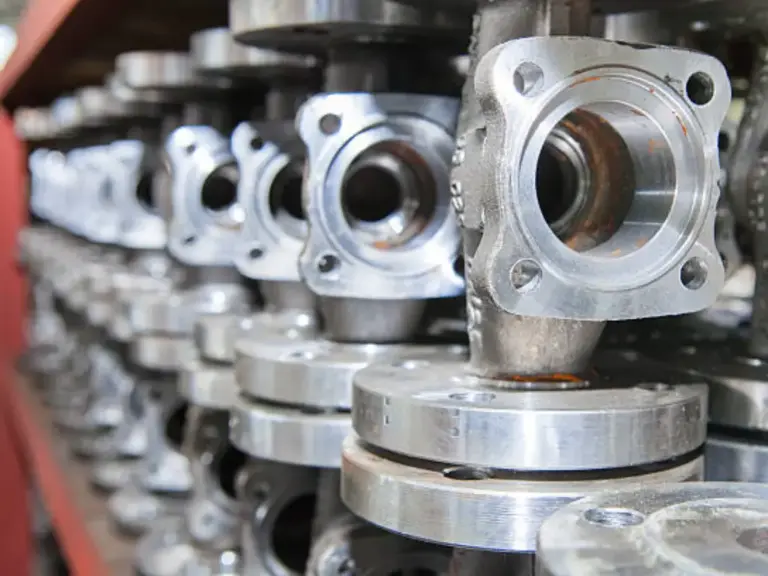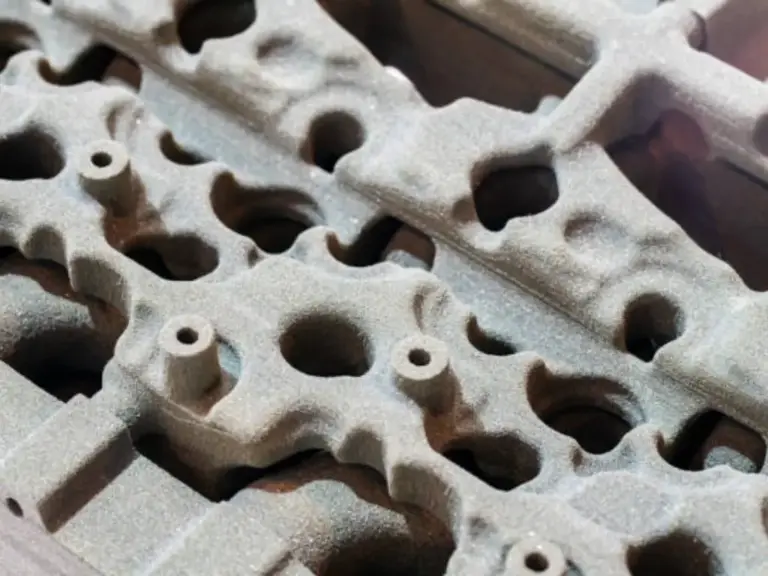Introduction
The decision on the manufacturing process is more fundamental in the engineering and design of physical products than any other decision. This decision determines the choice of materials, structural integrity, aesthetic finish, rate of production, and, finally, the economic feasibility of your project. Casting and molding are two giants in the high-volume manufacturing process among the myriad of manufacturing methods.
Although they are used interchangeably, they are two totally different routes to a final product. Knowing their unique principles, strengths, and weaknesses is not just a matter of study but a very important requirement of effective production.
This guide is a technical comparison that is accurate. We will shift to the main material difference to an in-depth examination of the most prevalent industrial processes, a closer look at the most specific casting alternatives, and a final checklist to assist you in choosing the appropriate manufacturing process for your component.
The Core Question: Metal vs. Plastic
The most direct and feasible difference between casting and molding is the raw material.
The term casting is virtually synonymous with metals. The casting process entails heating a metal alloy to the liquid form, or molten form, and pouring it into a mold to harden.
In the most general industrial use of the term, molding is the process of creating components out of plastics. These consist of different polymers, thermoplastics, composites, and resin compounds.
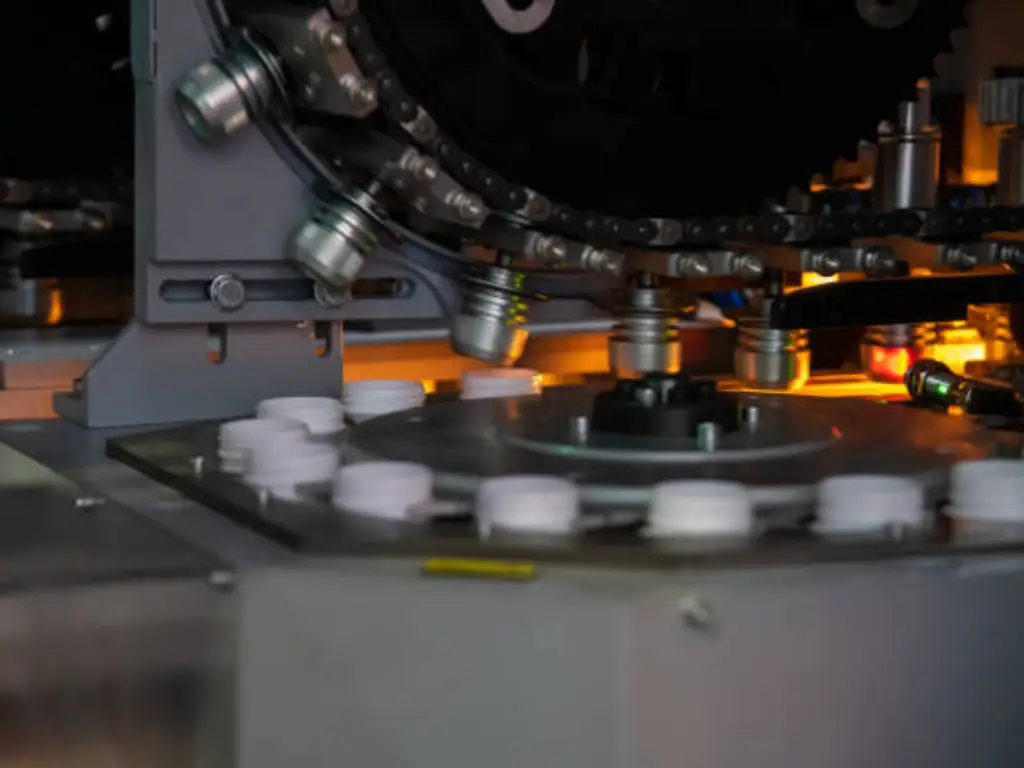
The first filter is this one, material divergence, metal and plastic. A component that needs the high tensile strength, thermal stability, and abrasion resistance of aluminium or steel will be immediately sent to a casting process. One of the components that will be a candidate to be molded is a component that is valued because of its light weight, electrical insulation, and intricate snap-fit characteristics.
A Side-by-Side Process Overview
Both processes have a void at their conceptual core, a mold or a mold cavity, to determine the shape of a part. The distinction lies in the way the material is introduced to that cavity.
The force characterizes the molding process. A raw material (such as plastic pellets) is most often heated to a softened state and pressed into a closed mold cavity with a very high pressure. The cooling process is done under pressure until the material is stable enough to be ejected.
Flow defines the casting process (traditionally). A completely liquid substance (such as molten metal) is cast into the mold cavity and fills it either by gravity or, in certain operations, by pressure. The material cools and solidifies, and assumes the shape of the mold. The last process is to crack or open the mold to get the completed casting.
Deep Dive: Die Casting vs. Injection Molding
To the majority of engineers who compare these terms, the question of casting vs. molding is indeed a question of die casting vs. plastic injection molding. These are the two high-volume, high-pressure, dominant manufacturing processes of their respective materials. They are closer to one another than to any other process.
Materials, Strength, and Heat Resistance
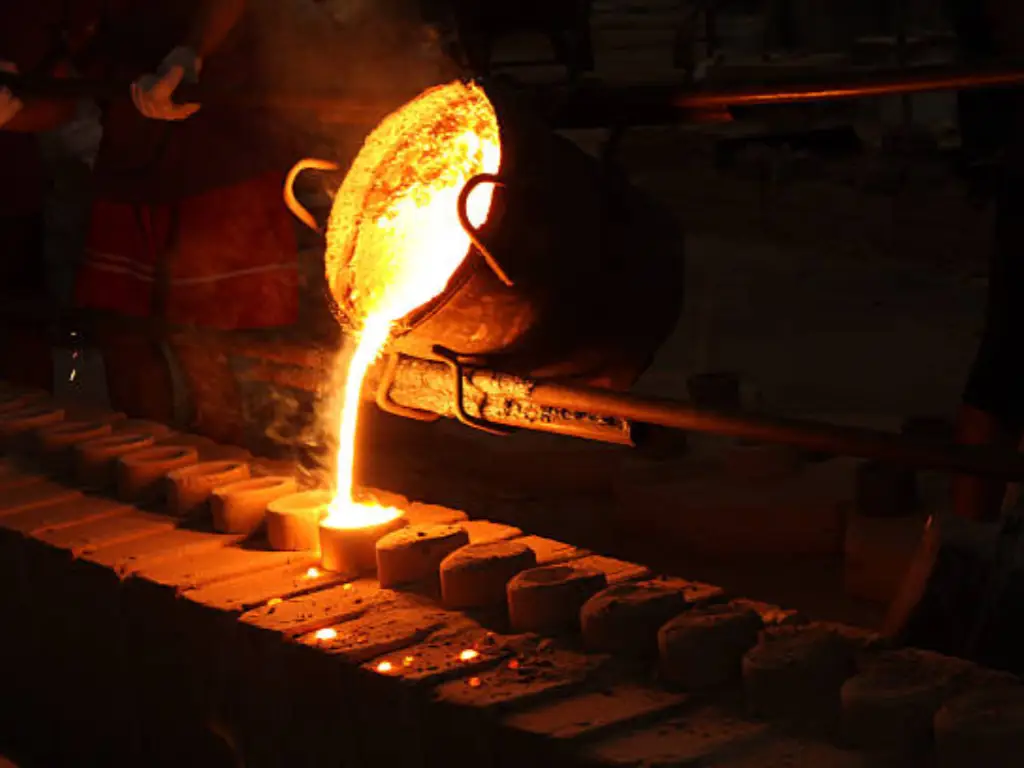
Plastic Injection Molding. This is the field of thermoplastics. ABS, polyethylene, polypropylene, and polycarbonate are heated, injected, and can be remelted. This enables complicated geometries and high color integration. Nevertheless, the end product is constrained by the nature of plastic: reduced strength, UV degradation, and low melting point.
Die Casting. This is a process that is only used with non-ferrous metals, which are mostly zinc, aluminium, magnesium, and copper. The resulting components are much stronger, harder, and more durable than plastics. They have very good dimensional stability, heat and abrasion resistance, and have intrinsic EMI/RFI shielding.
Precision, Tolerances, and Surface Finish
The two processes are hailed as having the capability of producing millions of identical parts with excellent accuracy.
Exceptionally tight tolerances can be obtained through Injection Molding. Since the hardened steel injection mold is machined to a mirror finish with CNC techniques, the resulting plastic parts may need no post-processing, and have a superb surface of an as-molded part.
Precision Die Casting is also a high-precision process. Nevertheless, the molten metal is hot, and the metal molds (dies) wear out more. Although the finish is usually very good, it is not usually as smooth as an injection-molded part and may need secondary operations such as deburring.
Tooling Costs vs. Unit Costs
This is the major economic trade-off. Both involve the production of a strong, two-part steel mold, commonly referred to as tooling or a die. This equipment is very costly, and it is a huge capital outlay.
This is a very high initial cost that can only be justified by mass production. This tooling cost is insignificant when production volumes are in the hundreds of thousands or millions. The price-per-part is extremely low, much lower than any other process. Both processes are not cost-effective when it comes to prototypes or small-scale manufacturing.
Production Speed and Ideal Volume
The injection Molding cycle times are extremely quick, ranging between 15 and 60 seconds, and the output is enormous.
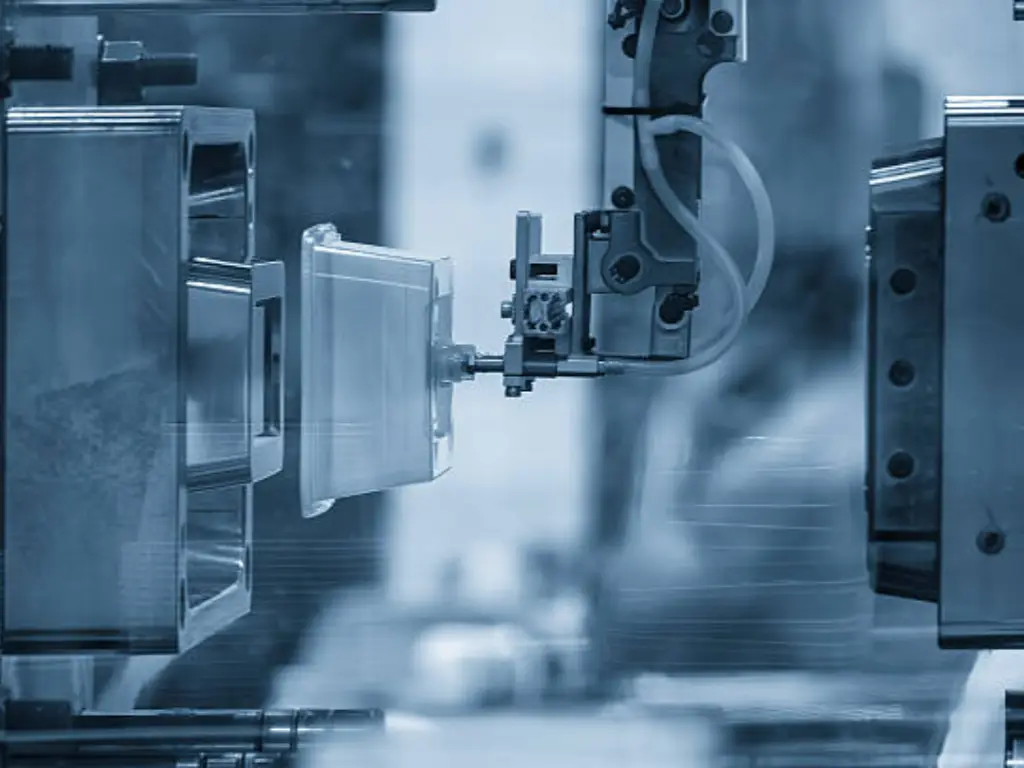
The die casting speed varies depending on the method. Hot chamber die casting (when dealing with lower melting point metals such as zinc) is extremely quick. Cold chamber die casting (needed with high-temperature metals such as aluminium) is a ladling process per shot, so it is a little slower, but still fast, process when large volumes are needed.
Both are optimized for speed.
Exploring the Main Types of Metal Casting
It would be a disservice to the comparison to end at die casting. The casting process is a huge family of processes that address engineering problems of various types. The high-volume, high-pressure solution is die casting. However, there are other ways of meeting other requirements in part size, material, and complexity.
Sand Casting (For Large, Simple Parts)
It is the oldest casting process, and it involves the use of a mold that is composed of compressed sand. The main benefit of it is that it has a very low tooling cost because it does not need a steel die. This is suitable to large components, like engine blocks or large pump housings, and also to low-volume orders. This ease of use, though, comes at a high cost: sand casting produces a very poor surface finish and very loose tolerances, and may have a high probability of shrinkage problems, making it inappropriate to complex shapes.
Die Casting (For High-Volume, Good Finish)
This is the injection molding of the metal world as discussed. It is known to be very precise, smooth, and cheap to set up in case of mass production. This is why it is suitable in automotive components such as gearbox housings. Its use is, however, limited by two significant factors: a very high initial tooling cost and a material constraint, since the die casting process can only cast non-ferrous metals (it cannot cast steel or iron).
Investment Casting (Lost-Wax Casting)
This is known to be a process that is capable of making very complex parts with a very good surface finish. It is also referred to as lost-wax casting because of its special technique. The final product is first made in the form of a pattern in wax. This wax design is immersed in a liquid ceramic slurry, which solidifies. The wax is melted away, and a cavity of a ceramic mold is left (a single mold). This ceramic mold is filled with liquid metal or molten metal, and once the cooling process is complete, the ceramic shell is broken out to expose the completed part.
The main benefits of investment casting are that it can make parts of very high complexity, such as complex shapes and internal cavities that cannot be made by a two-part die, and that it has unmatched material freedom. It is compatible with aluminium, carbon steel, and stainless steel alloys. These advantages are counterbalanced by the fact that it is usually a slower, more labor-intensive process than die casting, which may result in increased unit costs.
The BesserCast Advantage: Silica Sol Investment Casting
In investment casting, the quality of the end product is determined by the kind of ceramic slurry applied. This is what we, BesserCast (bessercast.com), are experts at. We use the silica sol investment casting process.
This is the high-end version, which involves a higher grade of slurry, which leads to maximum possible precision, high accuracy, and the best surface finish in the casting industry. The silica sol process creates net-shape components with tight tolerances that may compete with precision die casting, and may frequently reduce or even eliminate secondary machining. It directly addresses the pain points of the other processes: to an engineer who requires the strength of steel, the complexity of an injection mold part, and a precision finish, silica sol investment casting is the ultimate answer to long-lasting, end-use components.
We also offer advanced prototyping services, such as the vacuum casting process, to help our clients in the entire product lifecycle. Vacuum casting is a special technique whereby flexible silicone molds (or soft molds) are used to cast polyurethane resin parts at room temperature. Although not a metal manufacturing process, it is a very good and economical method of producing high-fidelity prototypes to be used in form and fit testing before making the full-scale production tooling commitment.
Real-World Applications
- Molding (Injection Molding): Take a look at your computer keyboard, the ABS case of your phone charger, or a LEGO brick. All these are mass production plastic parts of high precision.
- Casting (Die Casting): Die casting is used to make the metal body of a kitchen faucet, the chassis of a power tool, or most automotive components such as transmission housings.
- Casting (Investment Casting): Parts of high performance where failure is not a choice. It contains such items as aerospace turbine blades, medical implants, complex pump bodies and valve housings (with complex internal passages), high-stress rollers in industrial machinery. All these are high-strength, complex, investment castings.
A 4-Step Checklist for Your Decision
Use this pragmatic checklist to guide your selection.
- Check Material Requirements: Is a durable metal (steel, aluminium, zinc) mandatory for strength, heat, or abrasion resistance? Or can a lighter, less expensive thermoplastic (ABS, polyethylene, polyester) meet the need?
- Metal -> Casting
- Plastic -> Molding
- Evaluate Part Complexity and Precision: Is the part a relatively simple shape? Or does it feature intricate shapes, internal passages, or require tight tolerances?
- Simple -> Sand Casting or Die Casting
- Complex -> Injection Molding (Plastic) or Investment Casting (Metal)
- Determine Production Volumes: Are you prototyping? Or are you planning for mass production with large quantities?
- Prototypes -> 3D Printing, Vacuum Casting (Plastic), or test soft molds.
- High-Volume -> Die Casting or Injection Molding.
- Low-to-Mid Volume -> Sand Casting or Investment Casting.
- Balance Production Costs: Is the budget sensitive to high upfront tooling costs?
- High Tooling Budget (for low unit cost) -> Die Casting / Injection Molding.
- Low Tooling Budget -> Sand Casting / Investment Casting (Tooling is far less expensive than Die Casting).
Making Your Final Choice
The decision between casting and molding is a decision between plastic and metal. Plastic injection molding, and its master, molding, is the undisputed leader in the manufacture of complex plastic components in high volumes at a low unit price.
Casting is the world of metal. The decision you make in this world is paramount. Die casting provides high-volume production of non-ferrous metals. Sand casting provides inexpensive tooling for large and simple parts.
However, investment casting is the correct manufacturing process when it comes to components that require material strength and design complexity. This process is what you need when your project needs high accuracy and complex geometry of injection and needs to be performed in a high-performance metal alloy.
When your analysis indicates that you need complex, high-precision metal parts, call the professionals at BesserCast. We are experts in silica sol investment casting process, and we are willing to prove your design to be produced.
